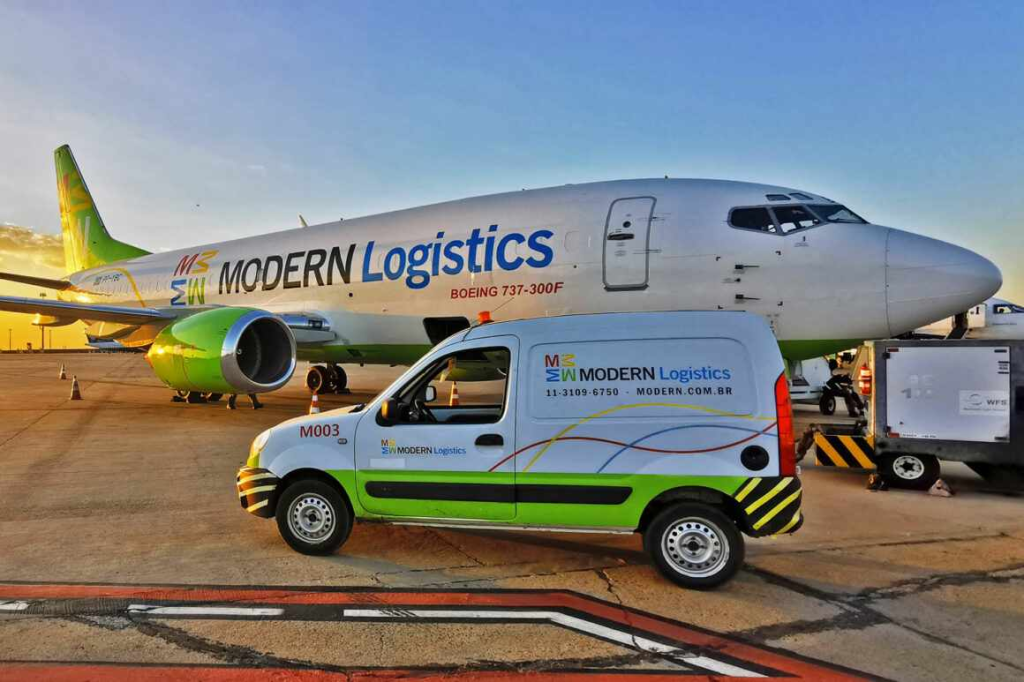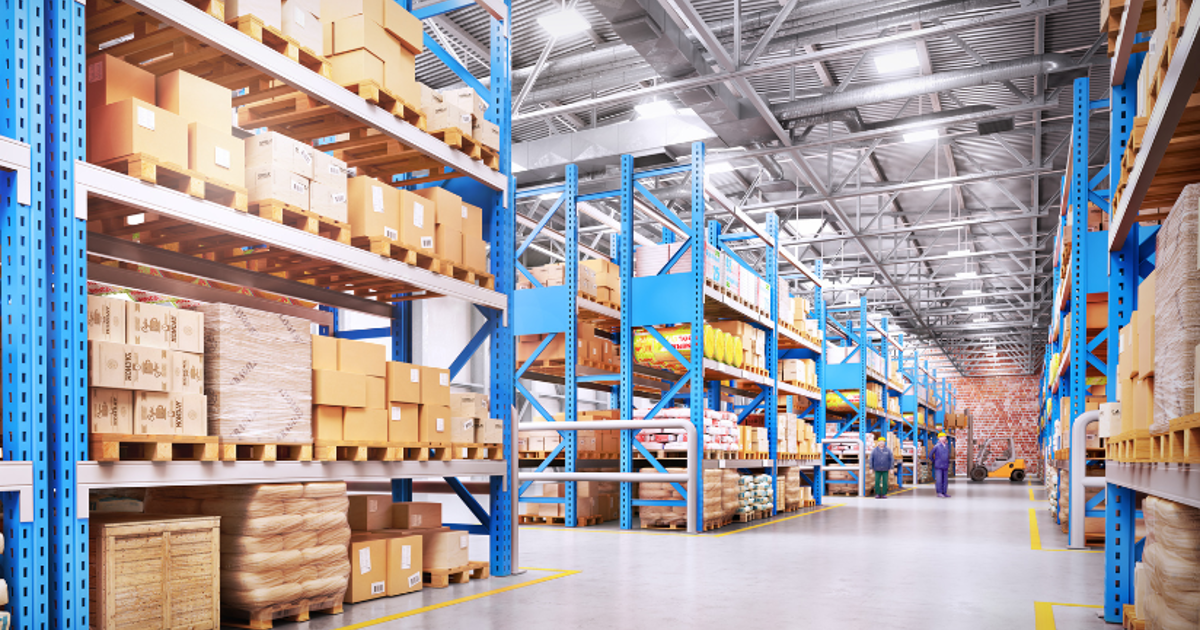Big Data in Logistics: Predictive Analytics for Efficiency
In today’s highly competitive and fast-paced global economy, logistics plays a critical role in determining the success of supply chains. The need for speed, transparency, and accuracy has pushed logistics companies to adopt advanced technologies. Among these, Big Data and Predictive Analytics have emerged as transformative forces that are reshaping the logistics industry by significantly improving efficiency, decision-making, and customer satisfaction.
I. Understanding Big Data in the Logistics Context

Big Data refers to the massive volume of structured and unstructured data generated from various sources. In logistics, this includes:
- Real-time GPS tracking of vehicles and shipments
- Warehouse inventory levels and stock movements
- Customer orders and e-commerce transactions
- IoT sensor data from fleets and cold storage
- External factors like weather, traffic, and fuel prices
Traditionally, much of this data was either ignored or manually processed. However, with the advent of cloud computing, edge devices, and scalable data infrastructure, logistics companies can now collect, process, and analyze this data in real time. The goal is not just to gather information, but to derive actionable insights that can drive smarter and faster decisions.
II. What Is Predictive Analytics and Why Does It Matter?

Predictive Analytics uses historical data, statistical models, machine learning algorithms, and AI to forecast future events or behaviors. Instead of reacting to logistics issues as they arise, companies can anticipate problems and address them proactively.
In the logistics sector, predictive analytics is applied to:
- Forecast product demand across regions and timeframes
- Predict delivery delays and reroute shipments in advance
- Identify maintenance needs of fleet vehicles before breakdown
- Optimize warehouse space and labor allocation
- Assess risks from supply disruptions or political unrest
III. Key Applications in Modern Logistics Operations

1. Smarter Demand Forecasting
Predictive models analyze sales trends, seasonality, promotions, and economic indicators to generate accurate demand forecasts. This ensures better inventory planning, reduces stockouts or overstock, and minimizes warehouse costs.
2. Efficient Route Optimization
By combining GPS tracking with traffic and weather data, predictive systems can generate optimal delivery routes. They take into account peak hours, road closures, and fuel efficiency to ensure timely and cost-effective deliveries—especially valuable for last-mile logistics.
3. Predictive Maintenance for Fleet Management
Truck engines, tires, brakes, and refrigeration units can all be fitted with sensors. These devices stream performance data to the cloud, where predictive algorithms detect signs of wear and potential failure. Scheduled maintenance can be planned before breakdowns occur, avoiding delays and costly repairs.
4. Risk Mitigation and Disruption Planning
Global logistics is vulnerable to strikes, natural disasters, geopolitical issues, and even pandemics. Predictive analytics helps model the impact of such disruptions and allows companies to reroute shipments, switch suppliers, or increase stock in vulnerable regions before crises occur.
5. Customer Experience Enhancement
By accurately predicting delivery times, companies can send real-time updates and proactively address issues. This transparency and reliability improve customer trust and retention.
IV. Benefits: Why It’s a Game Changer

The integration of big data and predictive analytics offers a multitude of advantages:
- Operational Efficiency: Automating decision-making and forecasting reduces delays and manual workload.
- Cost Reduction: Fewer delivery failures, optimized routes, and preventive maintenance save fuel, time, and money.
- Better Resource Allocation: Predicting demand and workload enables efficient use of labor and storage.
- Improved Customer Satisfaction: Accurate ETAs and proactive communication enhance trust and loyalty.
- Competitive Edge: Data-driven operations outperform traditional logistics models in agility and scalability.
V. Challenges to Implementation
Despite the advantages, there are challenges in adopting big data and predictive analytics:
- Data Silos: Many logistics companies use legacy systems that don’t integrate well with modern analytics tools.
- Data Quality Issues: Incomplete, inaccurate, or inconsistent data can reduce prediction reliability.
- Skills Gap: Companies often lack data scientists and AI experts to develop and manage models.
- Security and Privacy: Handling sensitive supply chain data requires robust cybersecurity frameworks.
VI. Future Outlook: AI-Driven Logistics Ecosystems
Looking ahead, the role of AI and big data in logistics will only grow stronger. From autonomous delivery vehicles to real-time digital twins of supply chains, predictive analytics will be at the heart of these innovations. Logistics companies that embrace a data-first culture will be well-positioned to lead in an increasingly competitive and dynamic market.
Conclusion
Big Data and Predictive Analytics are not just buzzwords—they are reshaping the logistics industry. By transforming data into foresight, they help companies move from reactive to proactive strategies, improving performance, reliability, and cost-efficiency. As customer expectations continue to rise and supply chains become more complex, data-driven logistics will no longer be optional—it will be the new standard.
Industry Insights
news via inbox
Nulla turp dis cursus. Integer liberos euismod pretium faucibua








